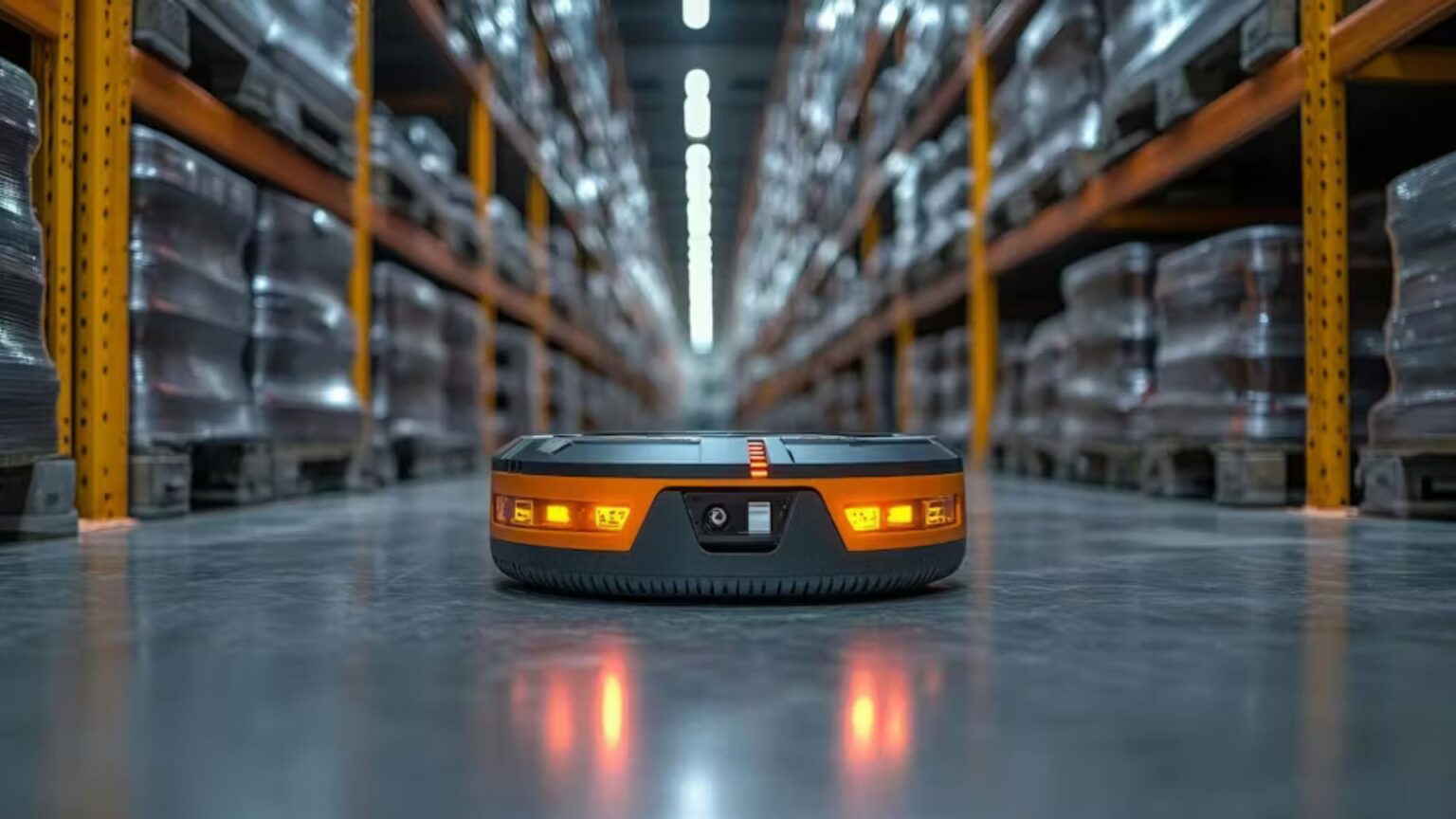Inventory management has always been a crucial part of business operations, but in today’s fast-paced world, businesses face the challenge of keeping up with rapidly changing demands. With supply chains becoming more complex and customer expectations higher than ever, real-time inventory tracking is no longer a luxury—it’s a necessity.
The use of real-time inventory tracking, enabled by IoT (Internet of Things) technology, is revolutionizing how businesses operate. This technology not only enhances operational efficiency but also improves accuracy and customer satisfaction. It’s estimated that the market for IoT in warehouse management, worth $6.7 billion in 2023, will soar to $17.8 billion by 2030. This massive growth signals a significant shift in how businesses view inventory management. But what exactly makes this technology so essential for today’s market?
The Importance of Real-Time Inventory Tracking
The traditional method of tracking inventory is often prone to errors, miscalculations, and delays. Companies may rely on periodic stock counts or outdated systems, leading to stockouts, overstocking, and wasted resources. In contrast, real-time tracking systems give businesses the ability to monitor inventory levels instantly.
Real-time tracking also allows for dynamic decision-making. For example, with RFID (Radio Frequency Identification) tags or smart sensors embedded in products, companies can track their goods from the warehouse to the delivery point. If a product is running low or is misplaced, the system can instantly send alerts, enabling staff to take action before issues escalate. This proactive approach ensures businesses can respond swiftly to changing market demands, which is especially critical in sectors like e-commerce, where speed and accuracy are everything.
How IoT is Revolutionizing Inventory Management
IoT-enabled devices such as sensors, RFID tags, and smart shelves are at the forefront of the real-time tracking revolution. These devices collect vast amounts of data that provide valuable insights into how products move through the supply chain. With this information at their fingertips, companies can optimize storage, reduce waste, and improve their entire workflow.
For example, smart shelves can automatically notify warehouse managers when they need to be restocked. IoT systems can track the exact location of products in real-time, reducing time spent searching for misplaced inventory. Additionally, some systems use artificial intelligence (AI) to predict trends and suggest restocking plans based on current sales and inventory levels.
Benefits of Real-Time Inventory Tracking
The benefits of implementing real-time tracking systems are clear. First, businesses can significantly reduce human error. Traditional stocktaking methods often involve manual data entry, which can lead to inaccuracies. With real-time tracking, the data is updated automatically and instantly.
Second, real-time tracking boosts operational efficiency. By knowing exactly where products are and how many are in stock, businesses can streamline their workflows, saving time and money. This efficiency is especially important in industries with high turnover rates, such as retail or food services.
Furthermore, customer satisfaction improves. In an era where consumers expect fast and accurate deliveries, real-time inventory systems can ensure that products are always in stock and delivered on time. This transparency leads to improved trust and loyalty from customers, which is essential for building long-term relationships.
Challenges to Consider
Despite the many benefits, the shift to real-time inventory tracking doesn’t come without challenges. The initial investment required for IoT infrastructure, software systems, and employee training can be significant. However, the long-term returns—improved efficiency, reduced waste, and better customer service—make this an investment worth considering.
Security is another concern. With more devices connected to the internet, businesses need to ensure their data is secure. Hackers could potentially gain access to sensitive inventory information, putting businesses at risk. However, as cybersecurity measures continue to evolve, companies can safeguard their operations more effectively.
Conclusion
Real-time inventory tracking is more than just a trend—it’s a game-changer for businesses looking to stay competitive in an ever-evolving market. By embracing IoT technology, companies can streamline their operations, reduce errors, and improve customer satisfaction. In the near future, businesses that fail to adopt these advancements may find themselves left behind as more companies realize the advantages of real-time inventory management.
Is your business ready for the real-time inventory revolution? The clock is ticking, and the future of inventory management is now.







